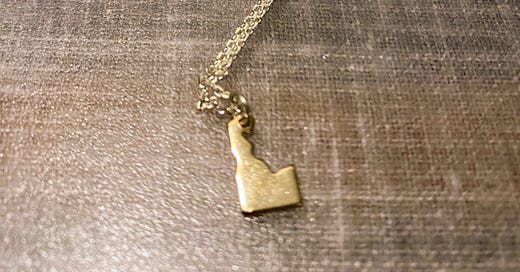The year is 2024 and this was the news today out of Coeur d’Alene, Idaho. From the March 26 edition of The Spokesman-Review:
A group of racists waving confederate flags, revving their truck engines and yelling slurs victimized the University of Utah women’s basketball team Thursday during their stay in Coeur d’Alene for the NCAA Tournament held in Spoka…



